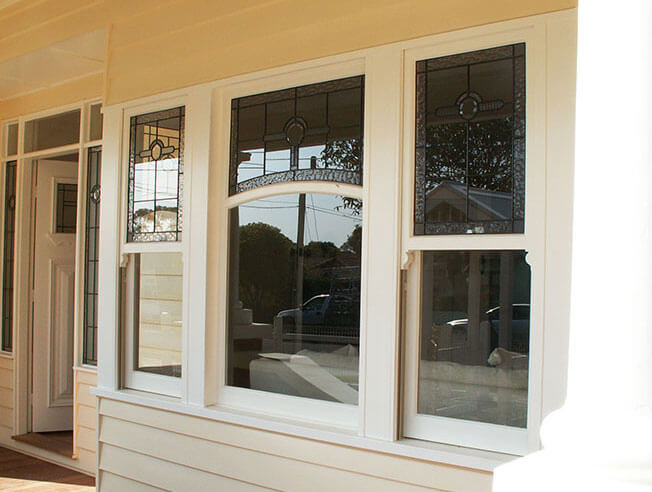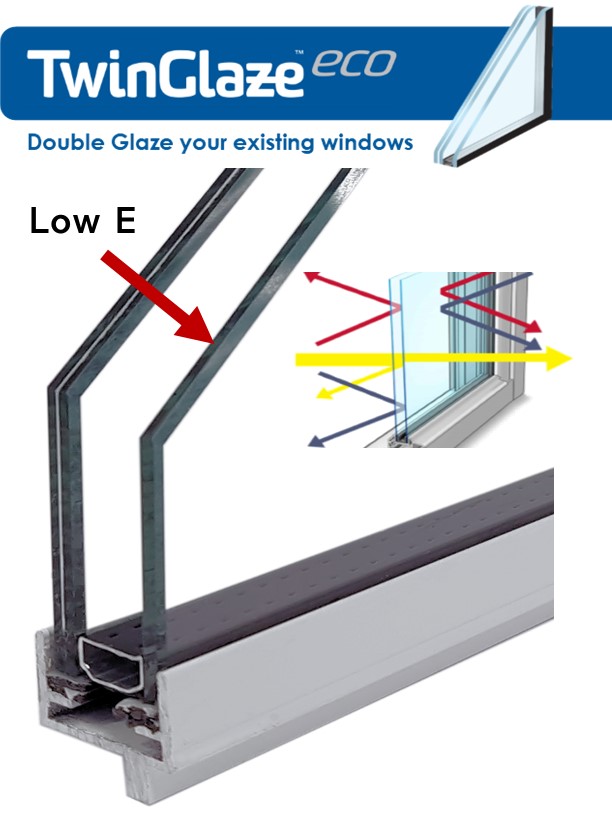All Categories
Featured
Table of Contents
Buy Double Glazed Upvc Sliding Doors In Sydney in Queens Park WA
Glazing just indicates the windows in your house, consisting of both openable and fixed windows, in addition to doors with glass and skylights. Glazing in fact simply implies the glass part, but it is normally used to refer to all aspects of an assembly consisting of glass, movies, frames and home furnishings. Taking note of all of these aspects will help you to achieve reliable passive design.

Energy-efficient glazing makes your home more comfy and considerably reduces your energy expenses. Unsuitable or improperly created glazing can be a major source of unwanted heat gain in summertime and considerable heat loss and condensation in winter. Approximately 87% of a home's heating energy can be gained and as much as 40% lost through windows.
Guide To Double Glazing – Functional And Energy Efficient in Maida Vale WA
Glazing is a substantial investment in the quality of your home. The cost of glazing and the expense of heating and cooling your home are closely associated. A preliminary investment in energy-efficient windows, skylights and doors can greatly decrease your annual heating and cooling bill. Energy-efficient glazing also reduces the peak heating and cooling load, which can minimize the needed size of an air-conditioning system by 30%, resulting in more expense savings.
This tool compares window selections to a base level aluminium window with 3mm clear glass. Understanding a few of the key homes of glass will help you to select the best glazing for your home. Key properties of glass Source: Adjusted from the Australian Window Association The amount of light that goes through the glazing is called visible light transmittance (VLT) or visible transmittance (VT).
Sustainability in Cannington Western Australia
The U value for windows (revealed as Uw), explains the conduction of the whole window (glass and frame together). The lower the U value, the higher a window's resistance to heat flow and the much better its insulating worth.
If your home has 70m2 of glazing with aluminium frames and clear glass with a U value of 6. 2W/m2 C, on a winter's night when it is 15C cooler outside compared to inside your home, the heat loss through the windows would be: 6. 2 15 70 = 6510W That is equivalent to the overall heat output of a big room gas heating system or a 6.
Benefits Of Double Glazing Low-e in Inglewood WA

If you choose a window with half the U worth (3. 1W/m2 C) (for instance, double glazing with an argon-filled space and less-conductive frames), you can halve the heat loss: 3. 1 15 70 = 3255W The solar heat gain coefficient (SHGC) for windows (revealed as SHGCw) determines how easily heat from direct sunshine streams through an entire window (glass and frame together).
The lower a window's SHGC, the less solar heat it transfers to the home interior. Glazing makers state an SHGC for each window type and style. Nevertheless, the actual SHGC for windows is impacted by the angle that solar radiation strikes the glass. This is understood as the angle of incidence.
Glazing And Glass Options - Smarter Homes in City Beach Perth
When the sun is perpendicular (at 90) to the glass, it has an angle of incidence of 0 and the window will experience the optimum possible solar heat gain. The SHGC declared by glazing makers is always computed as having a 0 angle of occurrence. As the angle increases, more solar radiation is shown, and less is sent.
Table of Contents
Latest Posts
Reasons Why Double Glazed Windows Are A Good Idea in North Fremantle Perth
Replacement Double Glazing - Upvc Windows in Kelmscott Perth
Reasons Why Double Glazed Windows Are A Good Idea in Wilson Western Australia
More
Latest Posts
Reasons Why Double Glazed Windows Are A Good Idea in North Fremantle Perth
Replacement Double Glazing - Upvc Windows in Kelmscott Perth
Reasons Why Double Glazed Windows Are A Good Idea in Wilson Western Australia